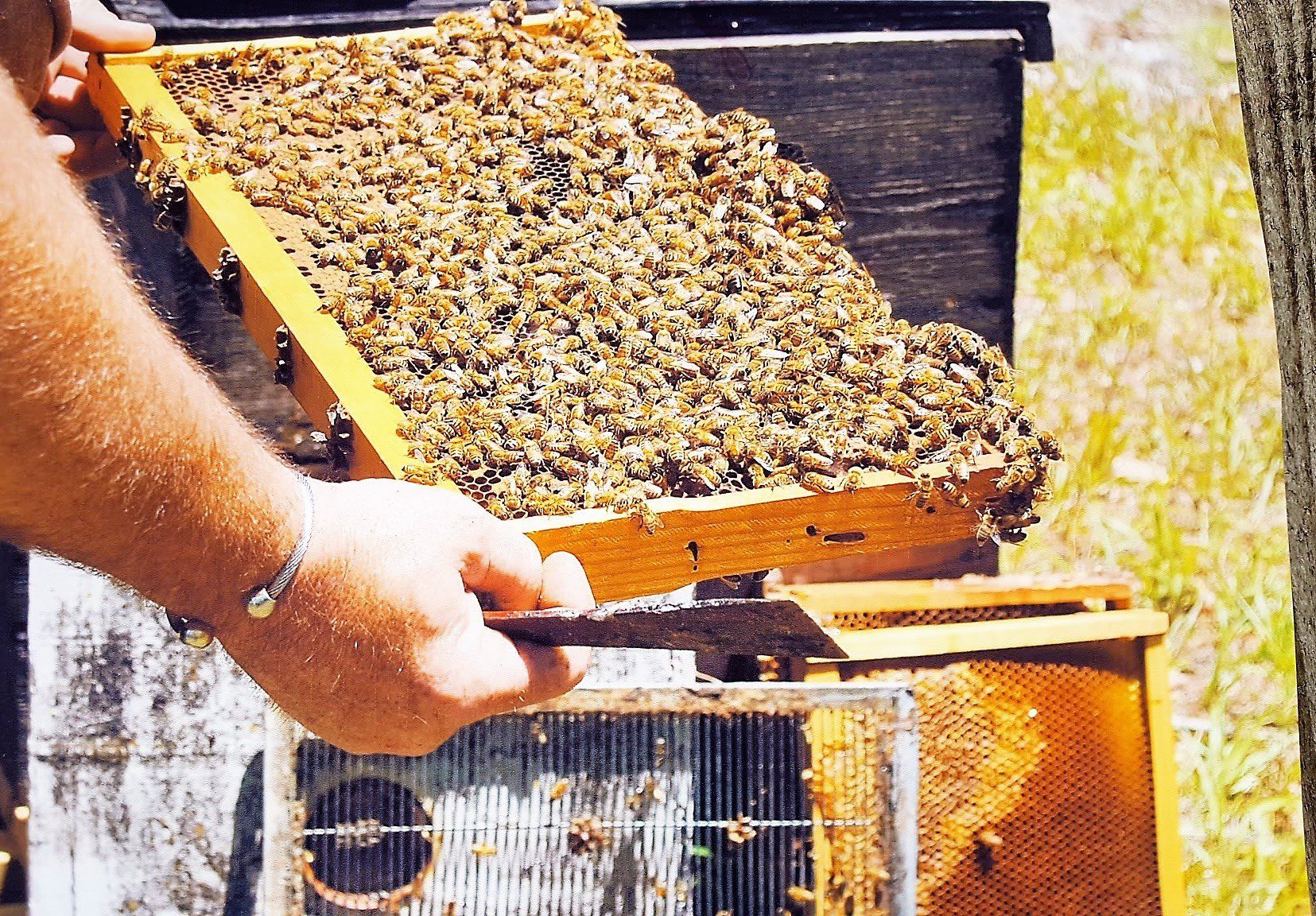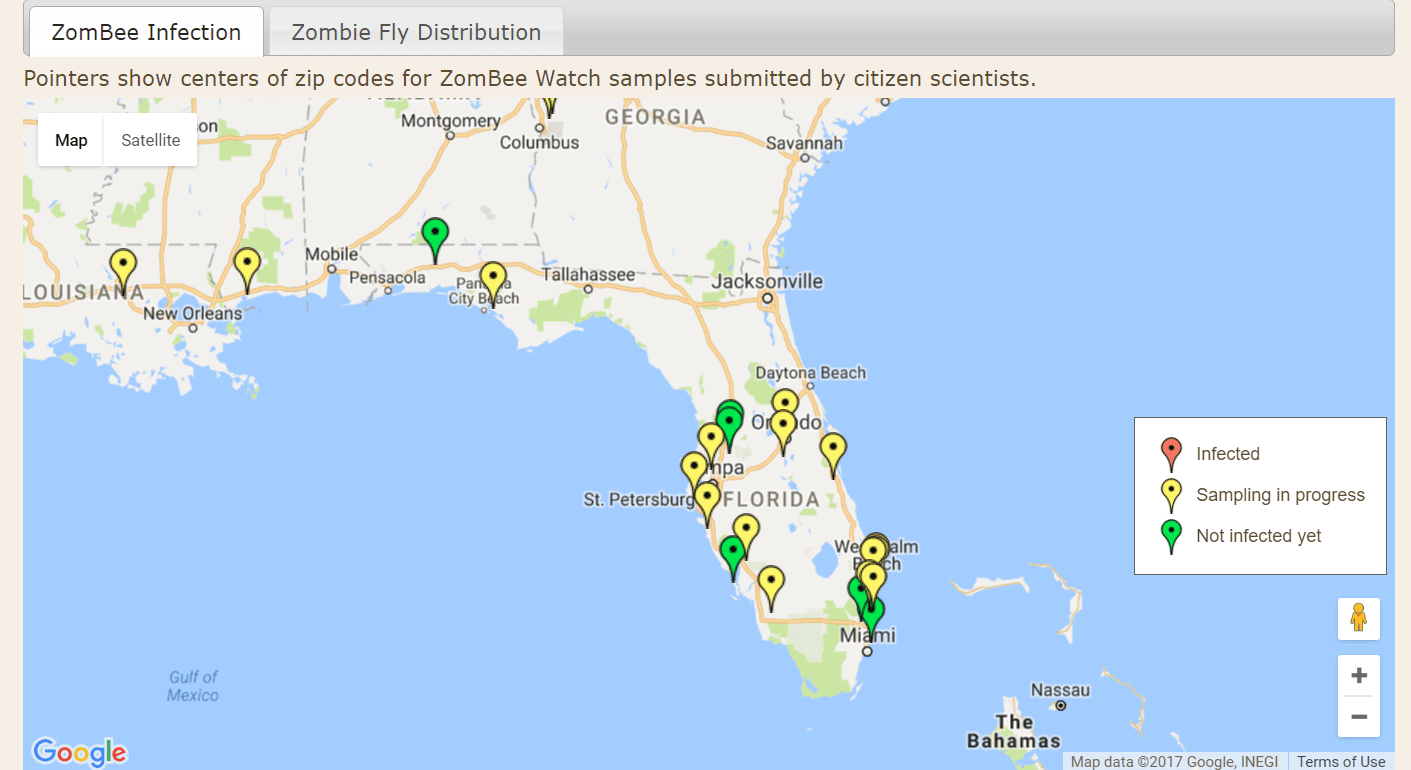Tupelo Honey Production Down in 2017
- By Jerry Garlick
- •
- 05 Jan, 2017
- •
Tupelo Honey in Trouble

Some of the causes may be:
- Apocephalus Borealis - leading cause of Colony Collapse Disorder (CCD), this is a parasitic fly which bites the bee and injects its eggs into them. The eggs hatch ultimately killing the bee.
- Bacterial infection
- Pesticides and fungicides
ZomBee Watch
So far there have been no findings or infections in Florida.
However, a bunch of students from Florida State University are investigating the problem. Shortly, they will be traveling 2 hours west to see the problem first hand and to begin studying the issue. Unfortunately, scientists have been trying to determine the cause of CCD for the last few years and no clear cause has been found to date.
Tupelo Trees to Bloom
What makes the problem even more acute is that the source of Tupelo Honey, the Tupelo Tree, is about to bloom for 2017. It's only a 3 week season and January and February are critical months for bee health and survival to produce in March, April, and May. With a 70% loss of bees, not to mention what inclement weather (hail in 2015) could do to the blossoms, tupelo honey production will be considerably down in 2017.
If there are no bees, there will be no tupelo honey.
Shortly, I will be traveling “deep into the swamp” and go to the apiaries to report on the condition of the bees, tupelo trees, and projections.
Fortunately, because of my close relationship with an Apalachicola andOchlockoneeRivers basin beekeeper, I will be able to procure all of his production.
So, Who’s Your Honey Man?

Things are looking up! The bees are making honey strong right now. They have stopped dying and we are actually back to building them up. In fact everything looks good at the apiary for a good honey production this year!
Currently, the bees are on high and low bush gallberry - part of the Holly family - a delicious Florida nectar source. Next will be the Palmetto which tastes somewhat like lavender.
The weather dictates what kind of season the Tupelo Honey crop will produce. In recent years, when you get a rainstorm and a windstorm at the same time, it washes off the bloom destroying the majority of tupelo tree buds and the bees had slim pickings from which to draw nectar, making for a severely limited supply of Tupelo Honey. It is a short, fast and furious season for everything to go right to produce a great Tupelo Honey season. I will keep you posted as the season unfolds.
I have plenty of Tupelo Honey on hand regardless of what happens in 2017. Tupelo Honey does not crystallize and I have an abundant supply.
So, Who’s Your Honey Man?

